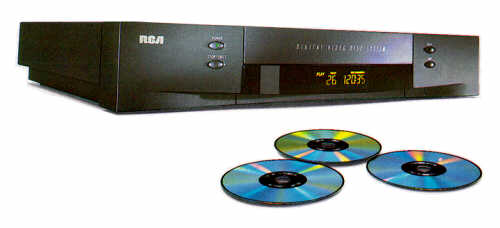High-resolution audio (HRA) has emerged as arguably the ultimate sonic selection for digital music fans, but what’s it all about, what do you need and how can you get it?
In the last couple of years, high-resolution audio (HRA) has hit the mainstream sound recording and distribution, due to the release of more devices and services that support the new format.

From dedicated devices like Neil Young’s PonoPlayer and the latest Sony Walkmans, to games consoles like the Play Station 4, smartphones like the Sony Xperia Z5 it seems everyone’s is joining this movement towards taking of the sound recording industry to the next level of quality.
So how does high-res differ from standard digital music formats? Downloads from sites such as Amazon and iTunes, and streaming services such as Spotify, use compressed file formats with relatively low bitrates, such as 256kbps AAC files on iTunes and 320kbps MP3 streams on Spotify.
The use of AAC or MP3 compression leads to partial data loss in the encoding process, which means resolution is sacrificed for the sake of convenience and smaller file sizes. With regards to sound quality, then, these formats aren’t telling the full story of our favourite songs. This might be fine on the bus when you’re listening to your smartphone, but serious music fans should want better. This is where high-resolution audio – or HRA, the term coined by the Consumer Electronics Association – steps in.

Astell & Kern, LG, Samsung, Sony and Pioneer are just some of the companies to have launched hi-res audio compatible products, while several download sites now offer. HRA also has the support of major labels and musicians.
It’s worth pointing out that the definition of high-resolution audio isn’t set in stone. Unlike high-definition video, which has to meet certain criteria to earn the name, there’s no universal standard for hi-res audio.
But the term tends to refer to audio that has a higher sampling frequency. High-resolution audio files usually use a sampling frequency of 96kHz or 192kHz at 24-bit, but you can also have 88.2kHz and 176.4kHz files too.
Sampling frequency refers to the number of times samples are taken per second when the analogue sound waves are converted into digital. The more bits there are, the more accurately the signal can be measured in the first place, so 16-bit to 24-bit can reveal a noticeable leap in quality.
There are several high-resolution audio file formats to choose from, all of which support the above sampling rates and bit-depths. They include FLAC (Free Lossless Audio Codec) and ALAC (Apple Lossless Audio Codec), both of which are compressed but in a way where (in theory) no information is lost.
Other formats include WAV, AIFF and DSD, the format used for Super Audio CDs. The relative merits of the formats can be argued, but most crucial will be compatibility with your particular products and system.
The Recording Industry Association of America (RIAA) has issued a logo that will show up on every track and album that can be classed as hi-res audio.
Obviously the main claimed benefit of high-resolution audio files is superior sound quality over compressed audio formats. To illustrate why they should sound better than MP3s, for example, let’s compare the relative bitrates. The highest quality MP3 has a bitrate of 320kbps, whereas a 24-bit/192kHz file is transferred at a rate of 9216kbps.
24-bit/96k or 24-bit/192kHz files should therefore more closely replicate the sound quality that the musicians and engineers were working with in the studio.

With more information to play with, high-resolution audio tends to boast greater detail and texture, bringing listeners closer to the original performance.
Manufacturers including Bowers & Wilkins, Naim and Linn have been pushing for and producing high-resolution audio products for some time. We’ve now seen mass-market heavyweights such as LG, Samsung and Sony adopt the format to bring it to a larger audience.
With this wider availability, more people are able to learn and understand exactly what high-resolution audio is, and the benefits it can bring to music. There’s plenty of content out there, and there’s plenty of hardware to go with it. The future for the format looks – and sounds – very bright indeed.
At Falcon Technologies International we firmly believe in the core brand values that our brand is build on, and one of them is Quality. High resolution audio format development is very important step for overall music industry, that is currently taking the entire market to the next level.
As a company that have been continuously making efforts to improve the quality of our products, we understand the importance and praise development of such initiatives as high resolution audio standardization and introduction to the mass market.
Falcon Technologies International has specially designed product line to provide quality media storage for professional duplication and replication – DUPLI Line.
It performs to good quality level with benchmark and quality control tests proving that Dupli Line products have one of the lowest variability rates throughout the industry, which makes them a perfect solution for media duplication. Also, DUPLI Line comes with a no failure guarantee, so that media distributors can be sure that the end consumer will be able to enjoy the high quality media from a high quality storage medium.
Source: WhatHiFi






























